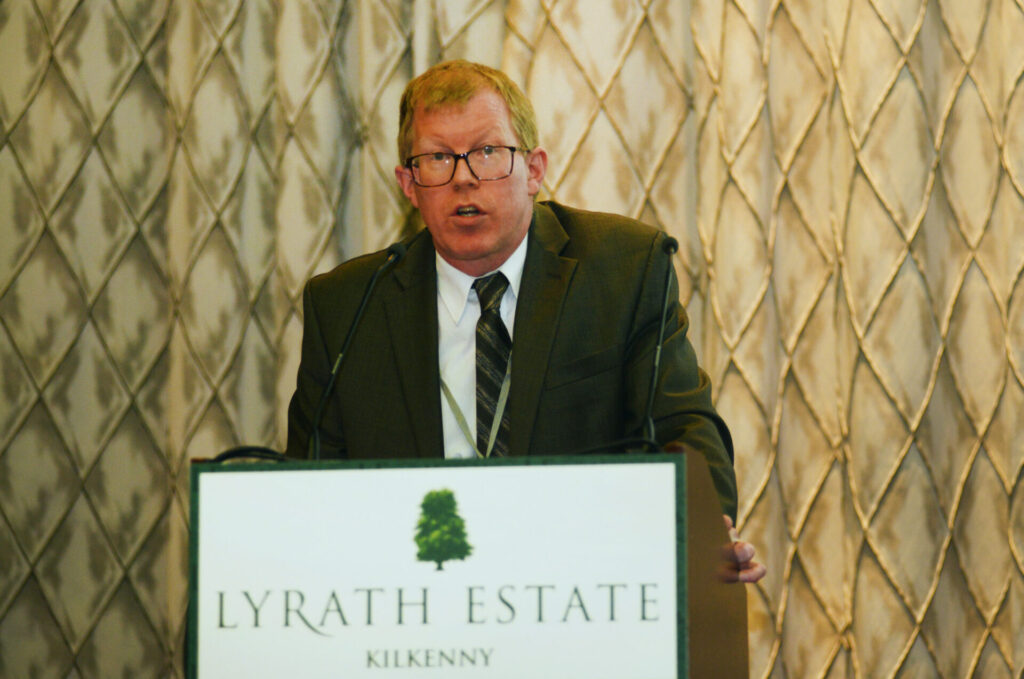
The Hardware Journal asked Dr Ciaran Byrne, Director of National Retrofit Sustainable Energy Authority of Ireland to outline some of the benefits and incentives available to homeowners through SEAI.
As I write this article the last few homes and businesses are in the process of having their electricity re-connected following the devastation caused by Storm Éowyn which washed over the country in January. This was a once in a generation storm, the likes of which has not really been seen since the ‘Oíche an Gaoithe Mor’ (‘Night of the Big Wind’) on night of January 6th 1839.
Details of the storm have been well documented but one which struck me was the sheer scale of the disruption. At its peak approximately 768,000 homes and businesses had lost power. The previous record level of electricity disconnection was 450,000 homes and business as a result of Storm Ophelia in 2017 and prior to that 280,000 from Storm Darwin in 2014.
Since the storm there has been much talk of resilience, which is defined as the ability to withstand, adapt and recover from a difficult situation. In the aftermath of Storm Éowyn we have to see how we can build this resilience for next time, because there is definitely going to be a next time.
There are, in my view, two main elements to what we need to learn from the recent Storm Éowyn. What we need to do ‘before’ a storm, the preparation, and also what we need to do ‘after’ a storm, the response. In terms of the ‘response’, the civil emergency response is led by State and Local authorities and is about helping citizens in the immediate aftermath of a storm event. The questions here are:
- How well prepared our services are to support citizens?
- Do we have appropriate services and infrastructure in place and are they available at short notice?
Preparation for a storm is about increasing our resilience and this is where individual homeowners can take positive actions. To be very clear, there is little a homeowner can do if their roof is blown off, or they are without power or water for many days. Also, a loss of power meant that existing oil and gas heating systems did not work. But for many of the homes impacted by Storm Éowyn, power was restored within a relatively short period of time. In these situations, one of the quickest and most cost-effective things a homeowner can do to increase their resilience is to ensure that the homes attic and cavity insulation is up to standard. This means that their homes will retain heat for longer.
Homes constructed in the past decade typically have at least 300mm of insulation in the attic. This is the level to which homes upgraded through the SEAI grant scheme insulate the attic. There are over 300,000 homes where the attic insulation is insufficient and increasing the insulation to current building standards would have a significant benefit in retaining heat in the home for longer. The typical cost savings for attic insulation is more than “200 per year on a home heating bill.
Filling the cavity is an effective method of insulating the wall. Fully filled cavity walls only became a prominent construction type in the last decade or so. Our examination of the BER database shows that there are over 50,000 homes suitable for cavity wall insulation where the cavity is either partially filled or have no insulation at all. The typical cost savings for cavity wall insulation is “300 per year on a home heating bill. After a homeowner installs attic and cavity upgrades, they most commonly refer to how much more comfortable their home is along with the savings on their energy bill.
Both of these measures are grant-funded by the SEAI and in both cases there are a large number of registered contractors willing and ready to carry out the work. Further details for homeowners and contractors, including the home owners guides to attic and cavity insulation, are available on the SEAI website (www.seai.ie/plan-your-energy-journey/for-your-home/guide-to-upgrades).
For the contracting and supplier community it can be sometimes hard to find exactly where these homes are located and in what numbers. To make this task a little easier SEAI have produced GIS heat maps where it is possible to get a visual representation of the number of homes with attic or cavity insulation in a particular area. This database is available on the Better Energy Homes Dashboard. www.tinyurl.com/BetterEnergyHomes
Ensuring a home is adequately insulated is a first stop for any conversation on resilience with a prospective customer. There is also much the homeowners can do themselves to improve the energy performance and resilience of the home. Including the installation of secondary insulation measures, such as draft sealing at doors and windows, chimney balloons for open fires, and heavy/thermal curtains, all of which are stocked by a wide range of hardware and homeware providers.
In the aftermath of the storm, I heard one commentator remark that ‘being prepared is a job for everyone’ which is so true. It is a virtual certainty that we are going to get more storms, hopefully not as bad as Storm Éowyn, so now is the time to get prepared for the next one.
Visit SEAI www.seai.ie for further information.







